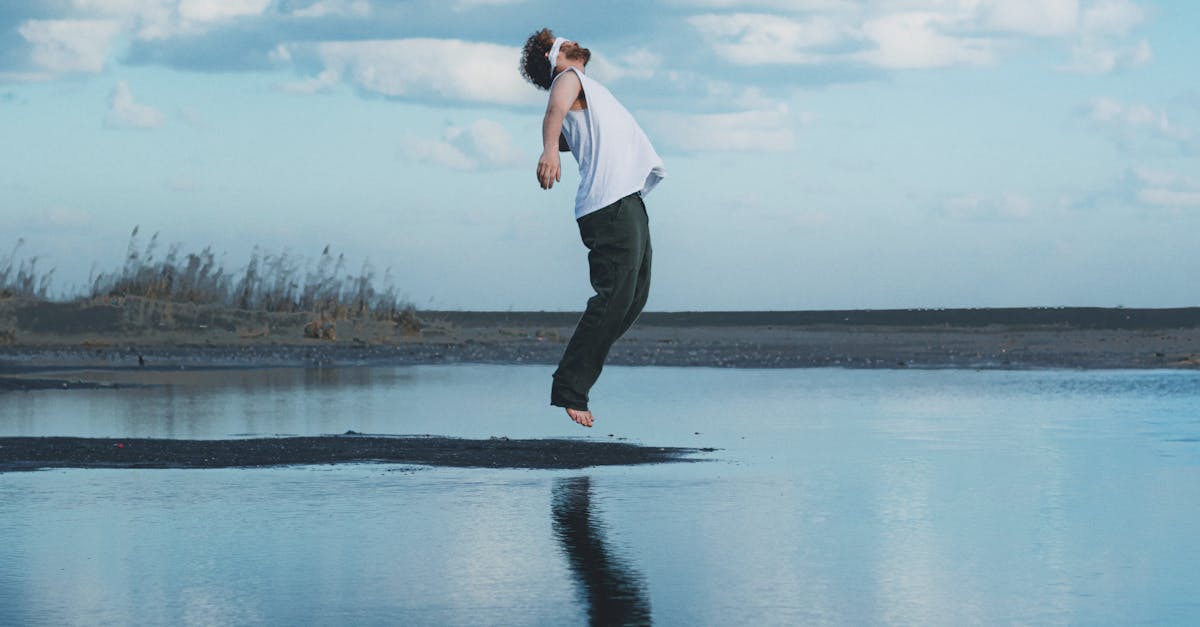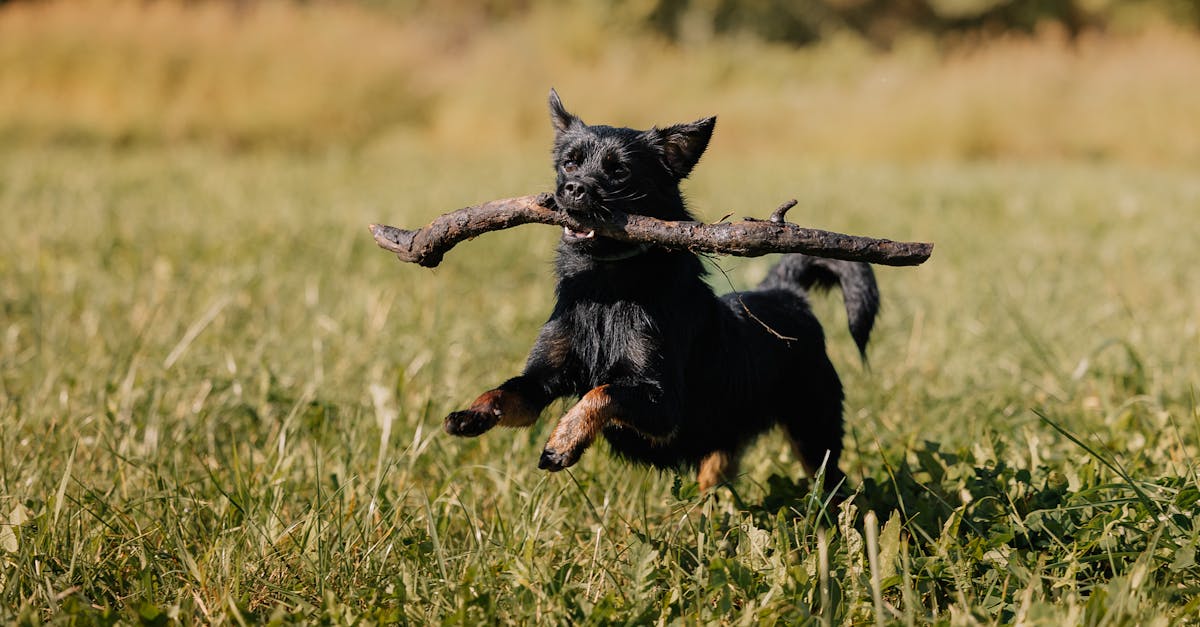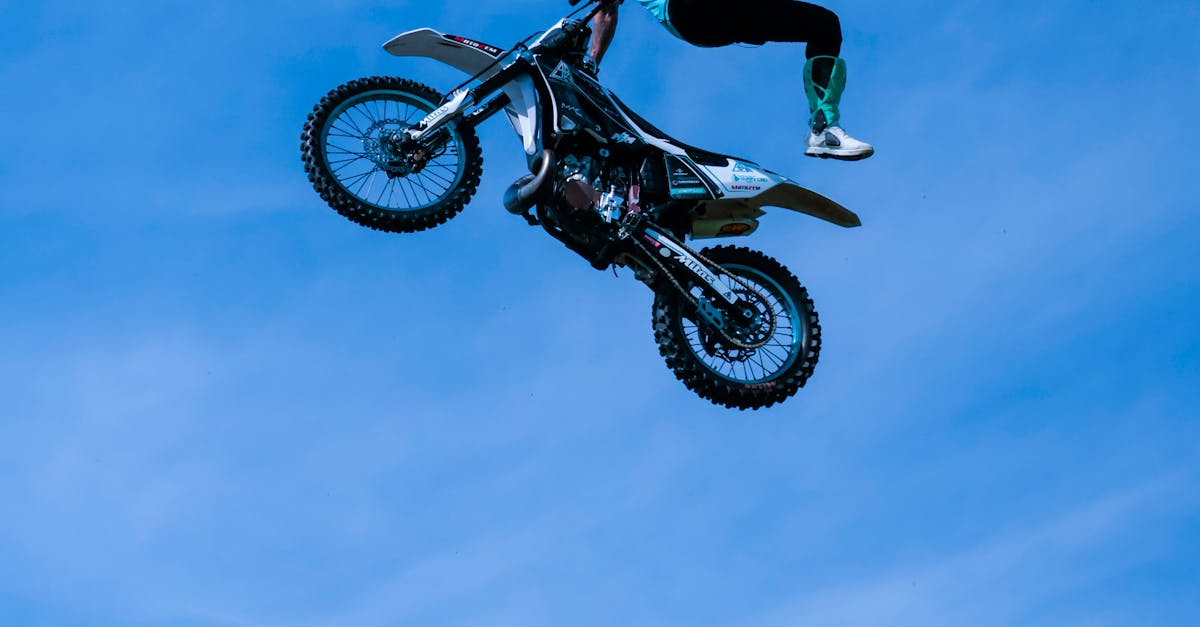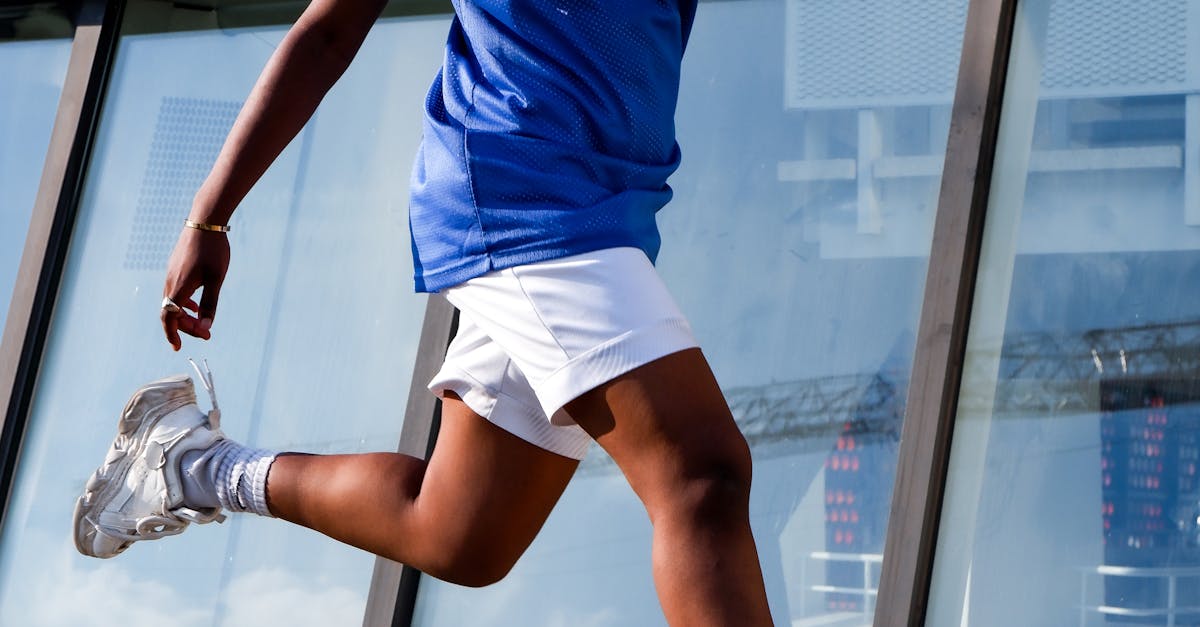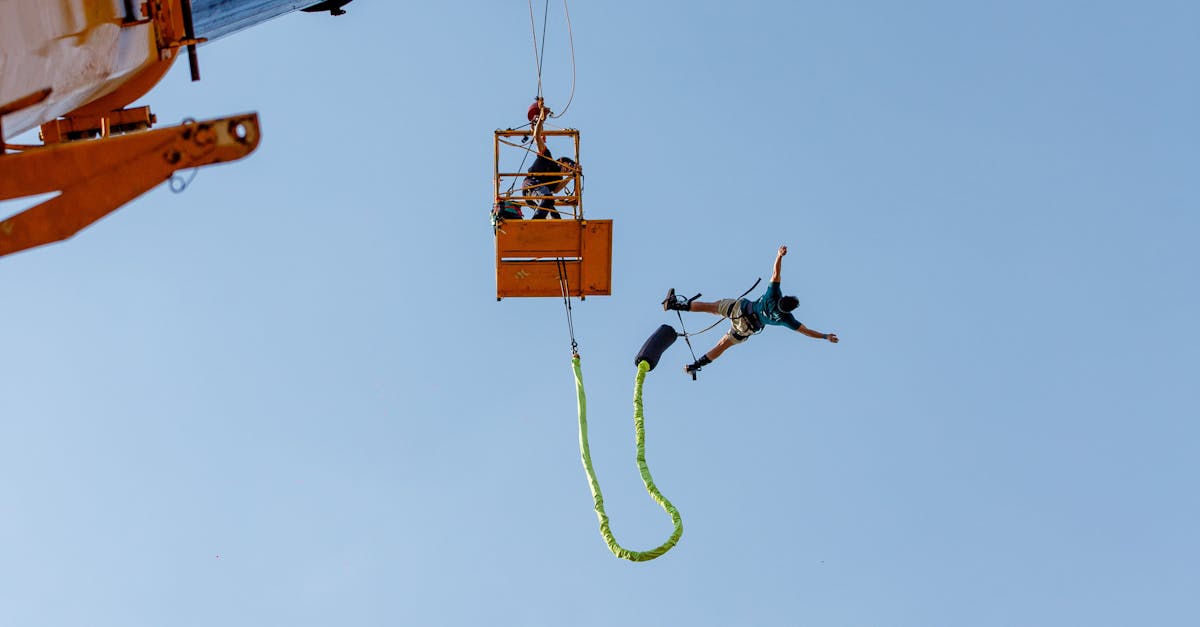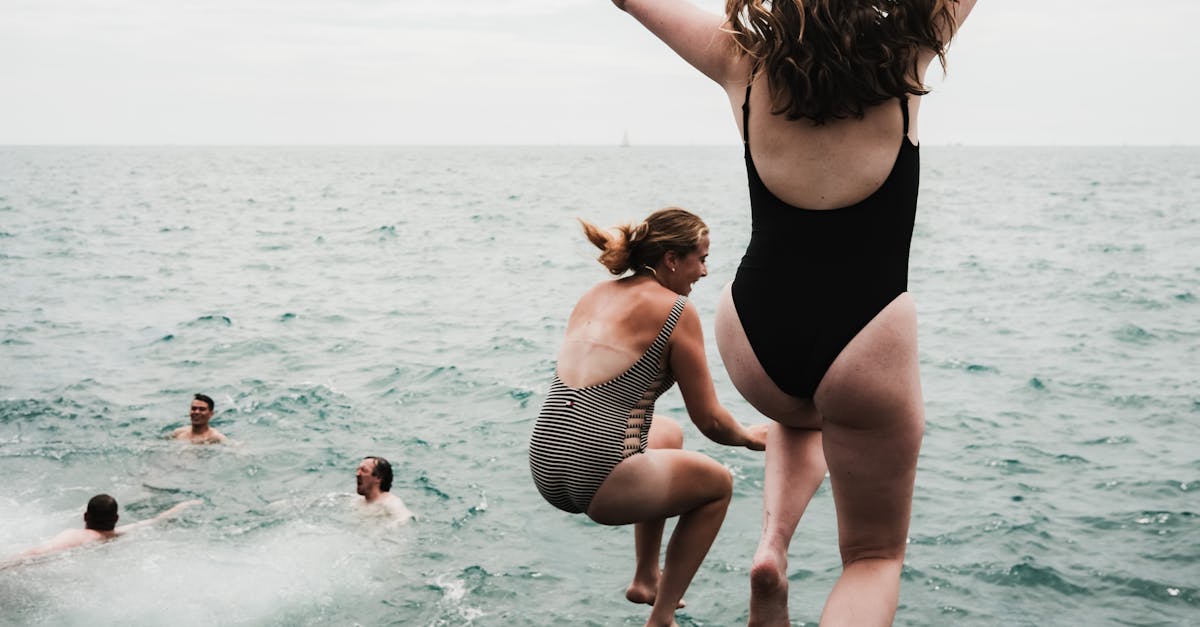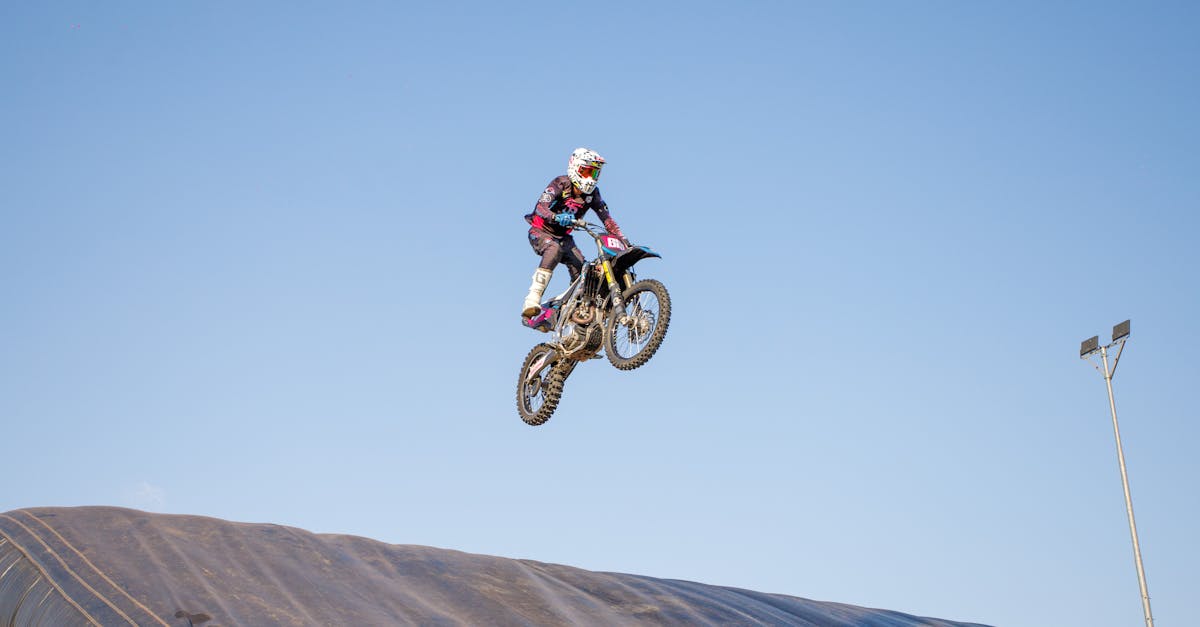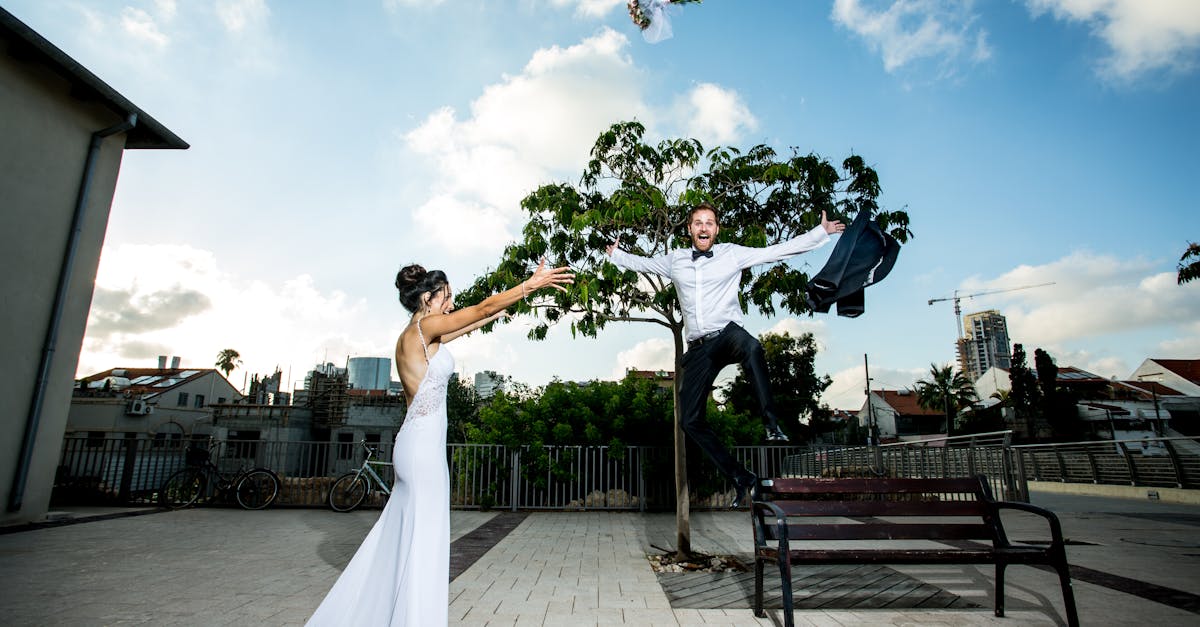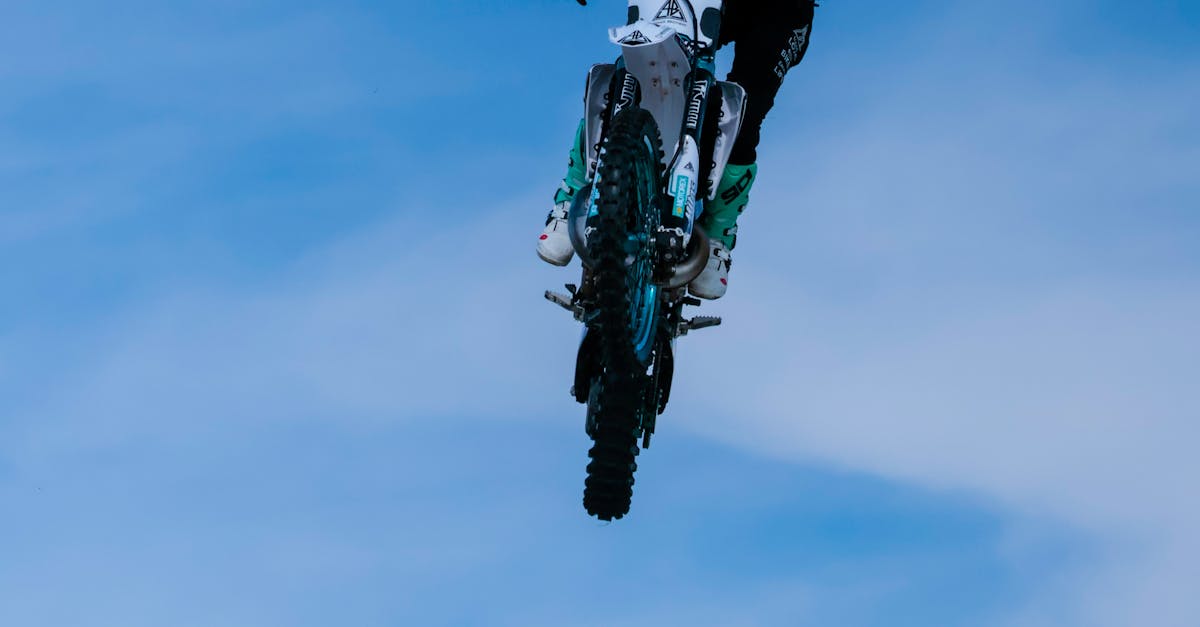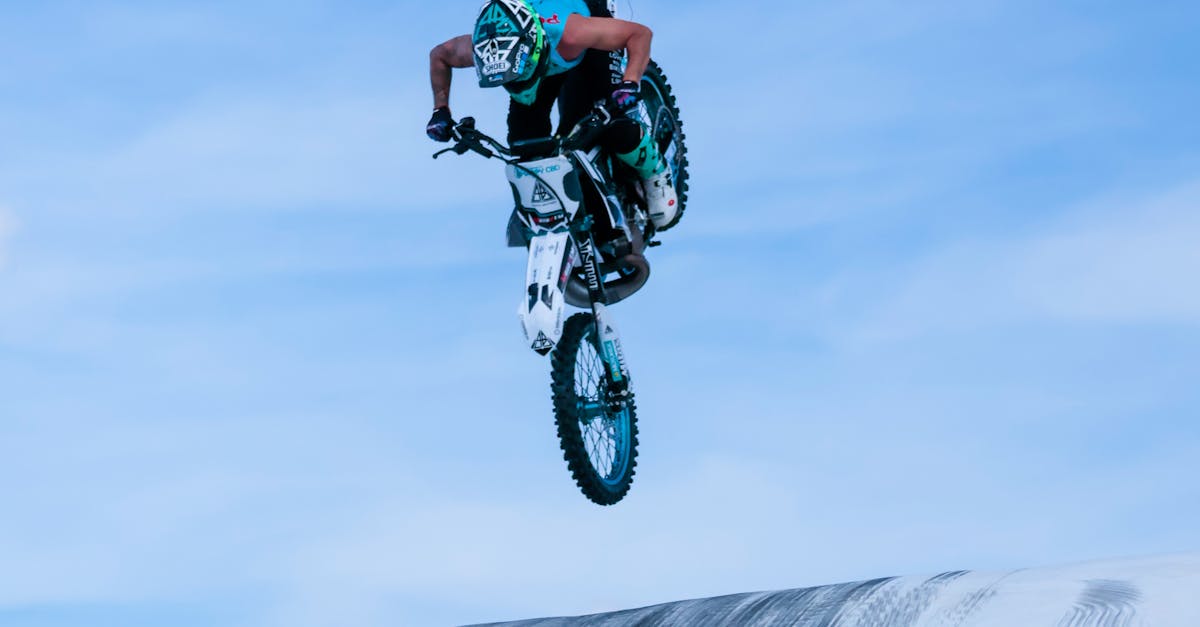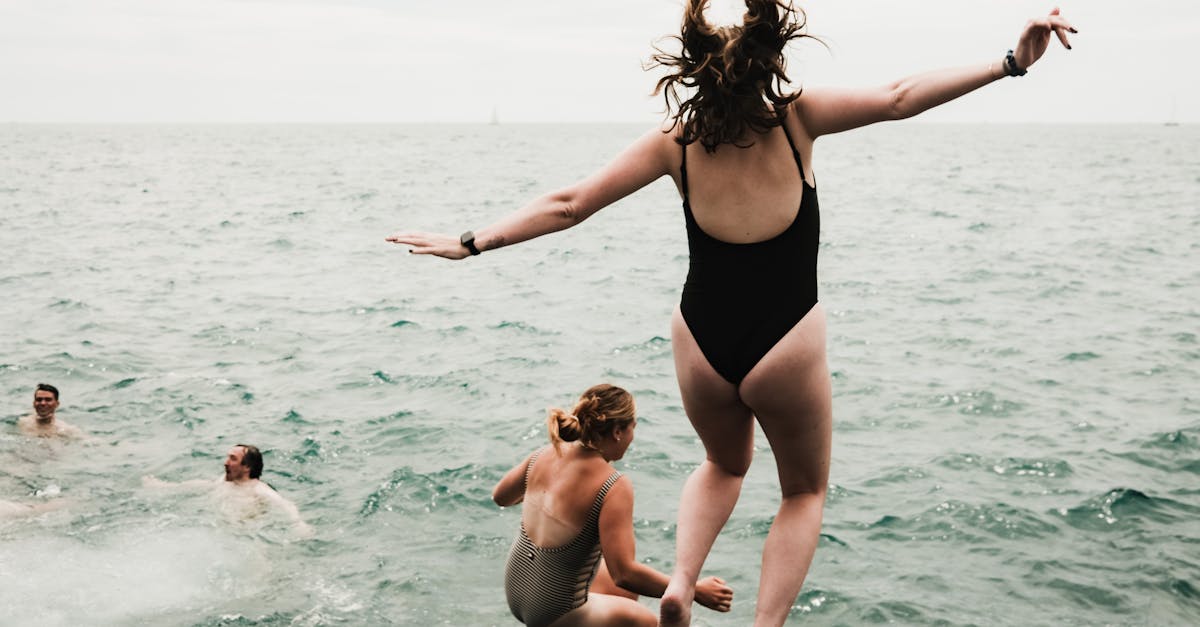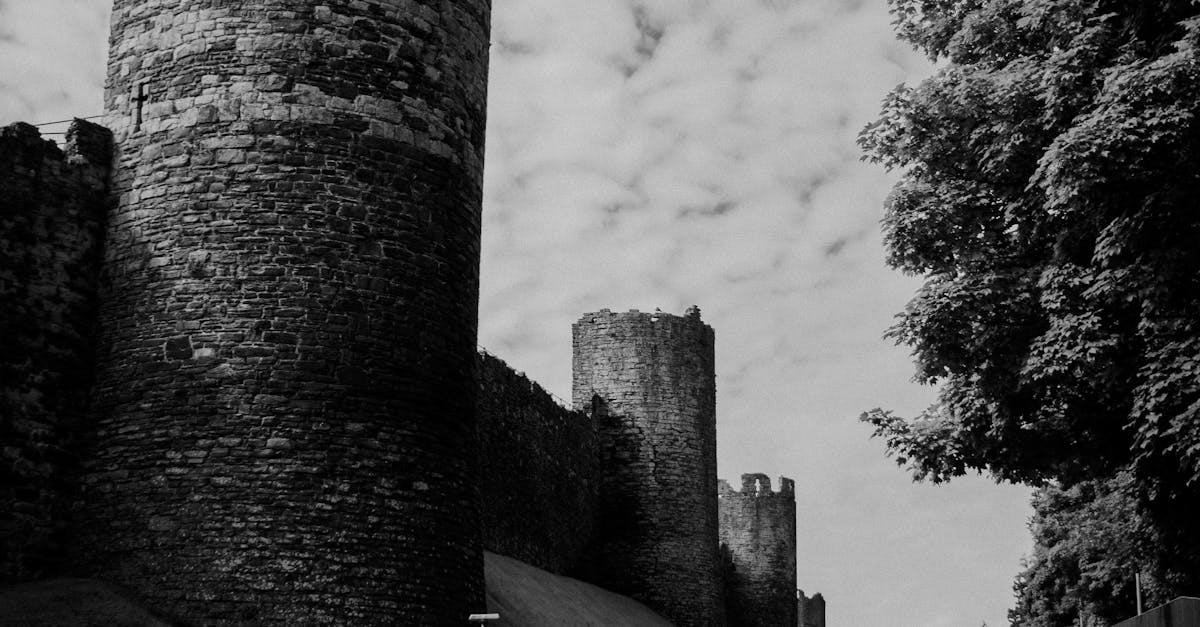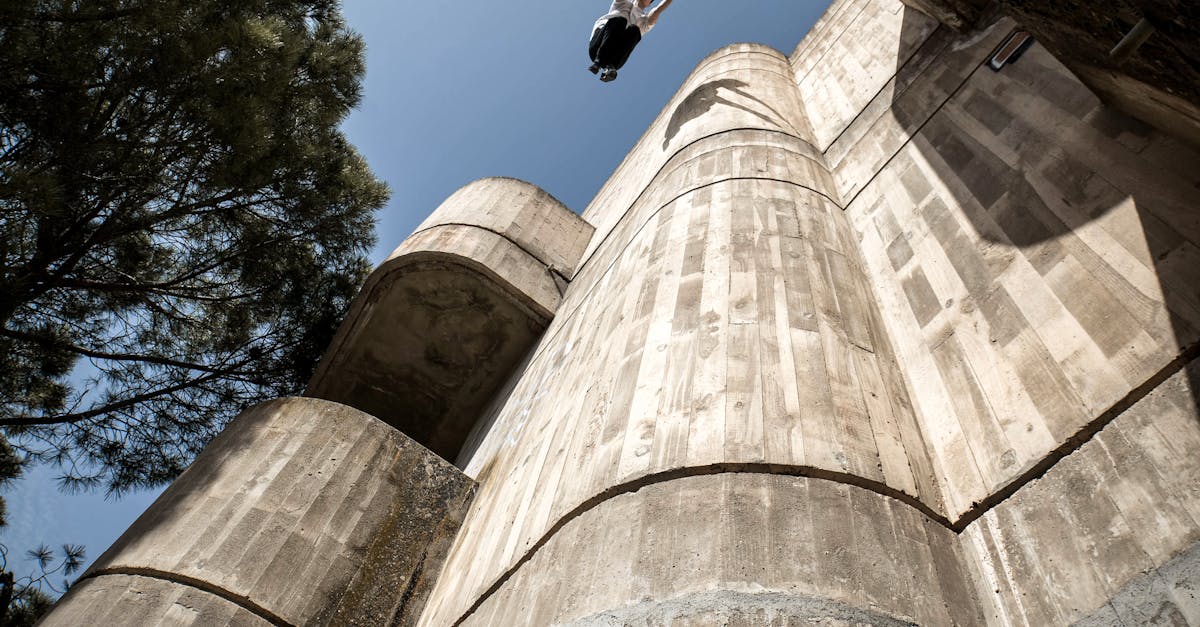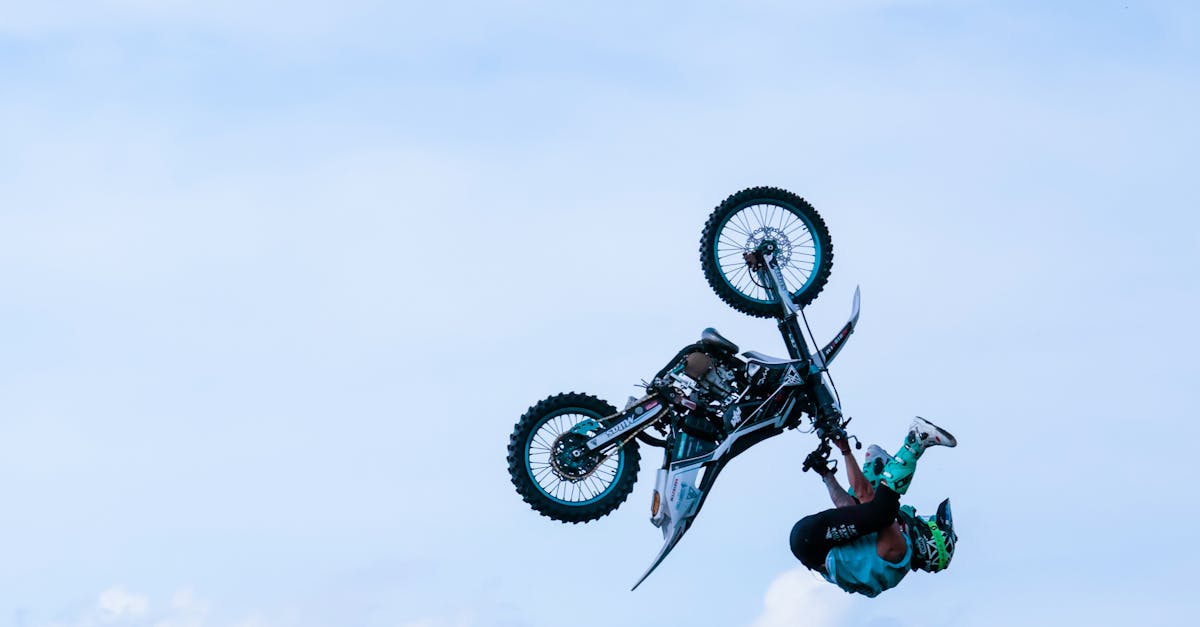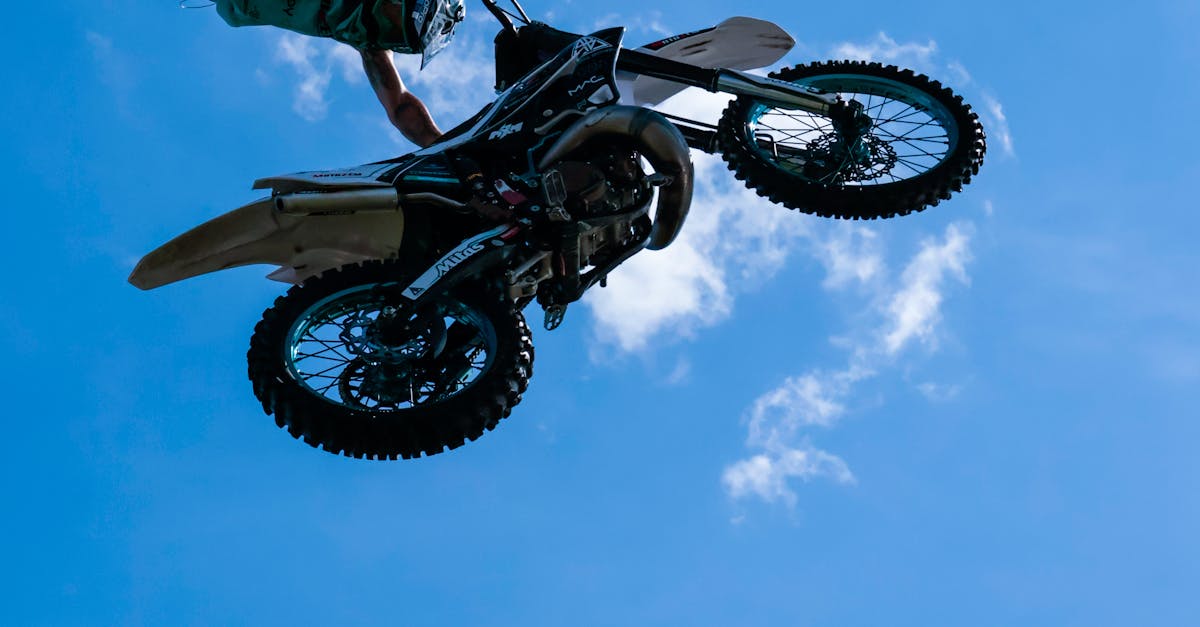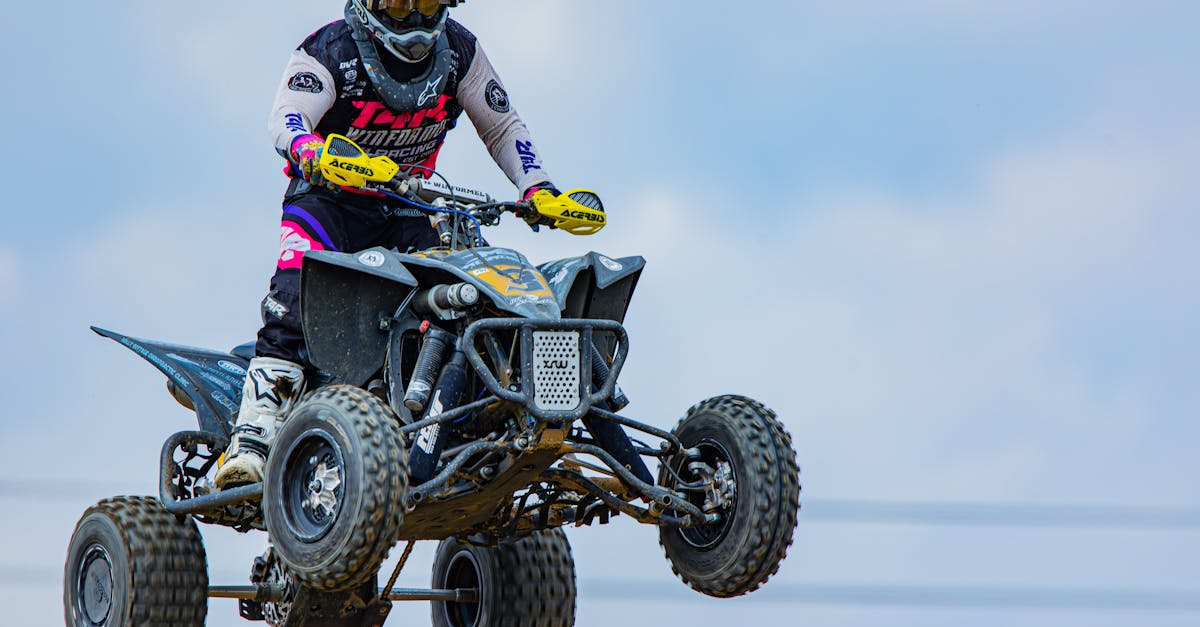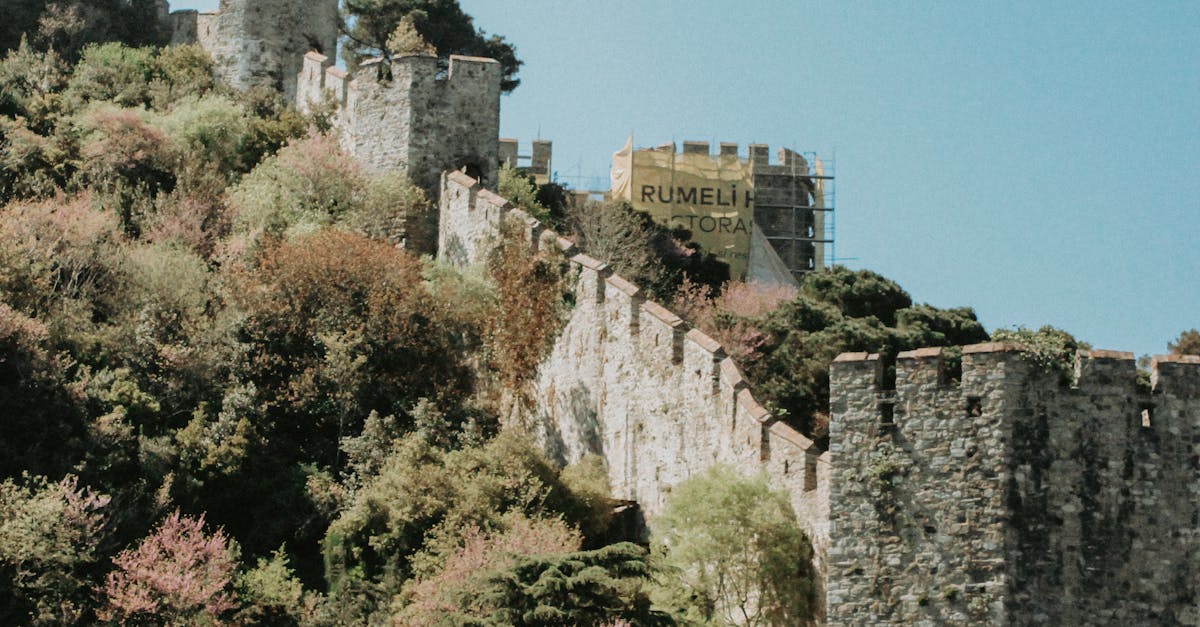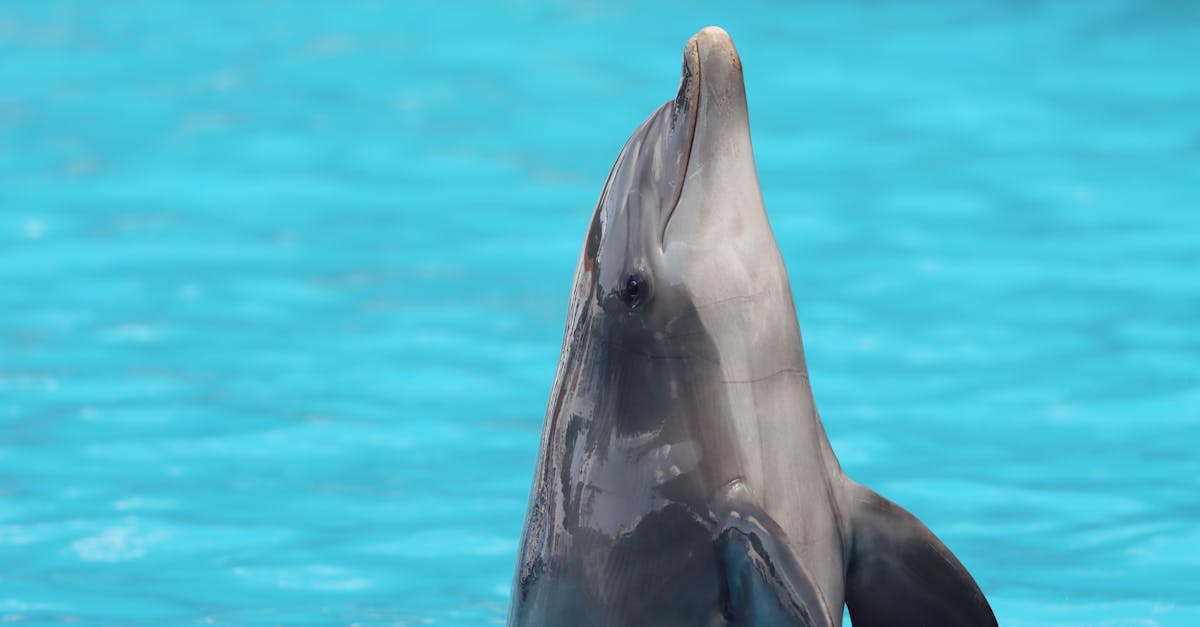
Table Of Contents
Types of Kamikaze Rides
Kamikaze rides come in various types, each designed to offer a unique thrill experience. Some rides feature a traditional format, where riders are ejected upward at high speeds and then experience a free-fall sensation. Other variations may incorporate spinning elements or additional engineering features that enhance the ride’s intensity. In addition to fixed amusement park installations, portable kamikaze rides are frequently seen at fairs and festivals. These rides are designed for easy setup and takedown, making them popular choices for mobile carnivals.
Inflatables and carnival rides also enter the equation, transforming the concept of the kamikaze experience. These inflatable variants provide a softer landing, allowing for a less intense but equally exhilarating ride. They are especially popular among younger thrill-seekers who want to experience the rush without the high-risk factors associated with traditional steel structures. The diversity in designs caters to a wide range of audiences, ensuring that everyone can find a kamikaze ride suited to their thrill-seeking needs.
Variations and Custom Designs
Kamikaze rides have witnessed various adaptations over the years, each designed to enhance the thrill-seeking experience. Ride manufacturers often introduce custom designs that incorporate unique features, appealing to different age groups and preferences. These variations can include themed decor, more intricate movements, or additional safety features aimed at making the ride both exciting and secure. With the rise of innovative technology, some carnival operators integrate advanced mechanisms that offer smoother transitions and faster spins, catering to the increasing demand for adrenaline-related activities in amusement parks.
Inflatables and carnival rides frequently blend to create distinct experiences for patrons. Combining elements like inflatable bases with traditional kamikaze structures can provide softer landings and increased safety without compromising excitement. This fusion of designs allows for creative possibilities, making the rides visually engaging while enhancing overall enjoyment. As amusement parks continue to evolve, the quest for novel and exhilarating variations of the kamikaze ride remains at the forefront of attraction development, capturing the attention of thrill-seekers and families alike.
Maintenance of the Kamikaze Ride
Regular maintenance of the kamikaze ride is essential for ensuring the safety and enjoyment of all riders. Operators must adhere to strict maintenance schedules that include thorough inspections of mechanical components, safety restraints, and structural integrity. Additionally, regular cleaning is important to remove debris that may accumulate during operation. Any issues identified during these inspections must be addressed immediately to maintain optimal performance and safety standards.
Operator training is crucial for effective maintenance practices. Staff should be knowledgeable about the specific needs of kamikaze rides and how they differ from inflatables and carnival rides. Proper training ensures that maintenance tasks are conducted safely and efficiently. Documentation of inspections and repairs is vital for record-keeping and helps identify patterns that may indicate underlying issues requiring further attention.
Regular Inspections and Upkeep
Regular inspections and upkeep are vital for the safe operation of kamikaze carnival rides. These checks often encompass structural integrity, mechanical functionality, and safety features. Operators conduct routine assessments to ensure that all components are in optimal condition. Emphasis is placed on the ride's restraint systems and electrical parts, as these play crucial roles in rider safety. Any signs of wear or damage necessitate immediate repairs to prevent accidents.
Inflatables and carnival rides also require specific maintenance protocols. Operators clean and inspect the inflatable components to guard against punctures and leaks. Regular maintenance schedules help identify potential issues before they escalate, which supports overall safety. By following stringent guidelines and conducting thorough checks, operators can provide a secure and enjoyable experience for all riders.
Age and Height Restrictions
Age and height restrictions are crucial for ensuring the safety of riders on kamikaze carnival rides. Generally, these rides require participants to meet specific height guidelines to guarantee they are safely secured within the seat restraints. Most amusement parks set a minimum height limit, typically around 120 centimetres, while also establishing a maximum height limit to accommodate safety harness adjustments. Such guidelines help in preventing injuries and ensuring that all riders experience the thrill of the ride without compromise.
In addition to height requirements, age restrictions may also apply, especially for younger riders who may lack the physical strength to handle the intense G-forces experienced on the ride. Operators usually recommend that children under a certain age ride with an adult or guardian. This careful consideration echoes the protocols seen with inflatables and carnival rides, where age and height restrictions are implemented to maintain a safe environment for all participants. Ensuring compliance with these guidelines is essential for the enjoyment and safety of everyone at the carnival.
Safety Guidelines for Riders
Riders should always adhere to the established safety guidelines when enjoying the kamikaze ride. It is crucial to listen to the ride operators and follow all instructions pertaining to height and age restrictions. All passengers must remain seated and secure their restraints throughout the ride to prevent any accidents. Loose items like bags or hats should be stored safely before departure to avoid injury or damage.
Inflatables and carnival rides often have specific requirements that ensure a safe experience for everyone involved. Riders are urged to assess their physical condition before participating, especially those with pre-existing health issues or conditions that may be aggravated by the intense motions of the ride. Adhering to these safety measures enhances not only personal safety but also the enjoyment of the experience for all riders in attendance.
FAQS
What is a kamikaze carnival ride?
The kamikaze carnival ride is a thrill-seeking attraction that spins riders in a circular motion while tilting them at various angles, creating an exhilarating experience as they feel the forces of gravity and centrifugal force.
What are the different types of kamikaze rides?
There are several types of kamikaze rides, including the classic version, which features a circular platform, and variations that include multiple arms or enhanced spinning mechanisms for increased thrills.
How often does the kamikaze ride need maintenance?
The kamikaze ride requires regular maintenance and inspections, typically conducted daily before operation, as well as more comprehensive checks on a weekly or monthly basis to ensure safety and functionality.
Are there age or height restrictions for riding the kamikaze?
Yes, most kamikaze rides have specific age and height restrictions to ensure rider safety. Generally, riders must be of a certain height, often around 120 cm (4 feet), and may need to be accompanied by an adult if they are under a specific age.
What safety guidelines should riders follow on the kamikaze ride?
Riders should always follow safety guidelines such as securing all safety restraints, listening to ride operators, being aware of their personal health conditions, and following any posted rules regarding riding the attraction.


